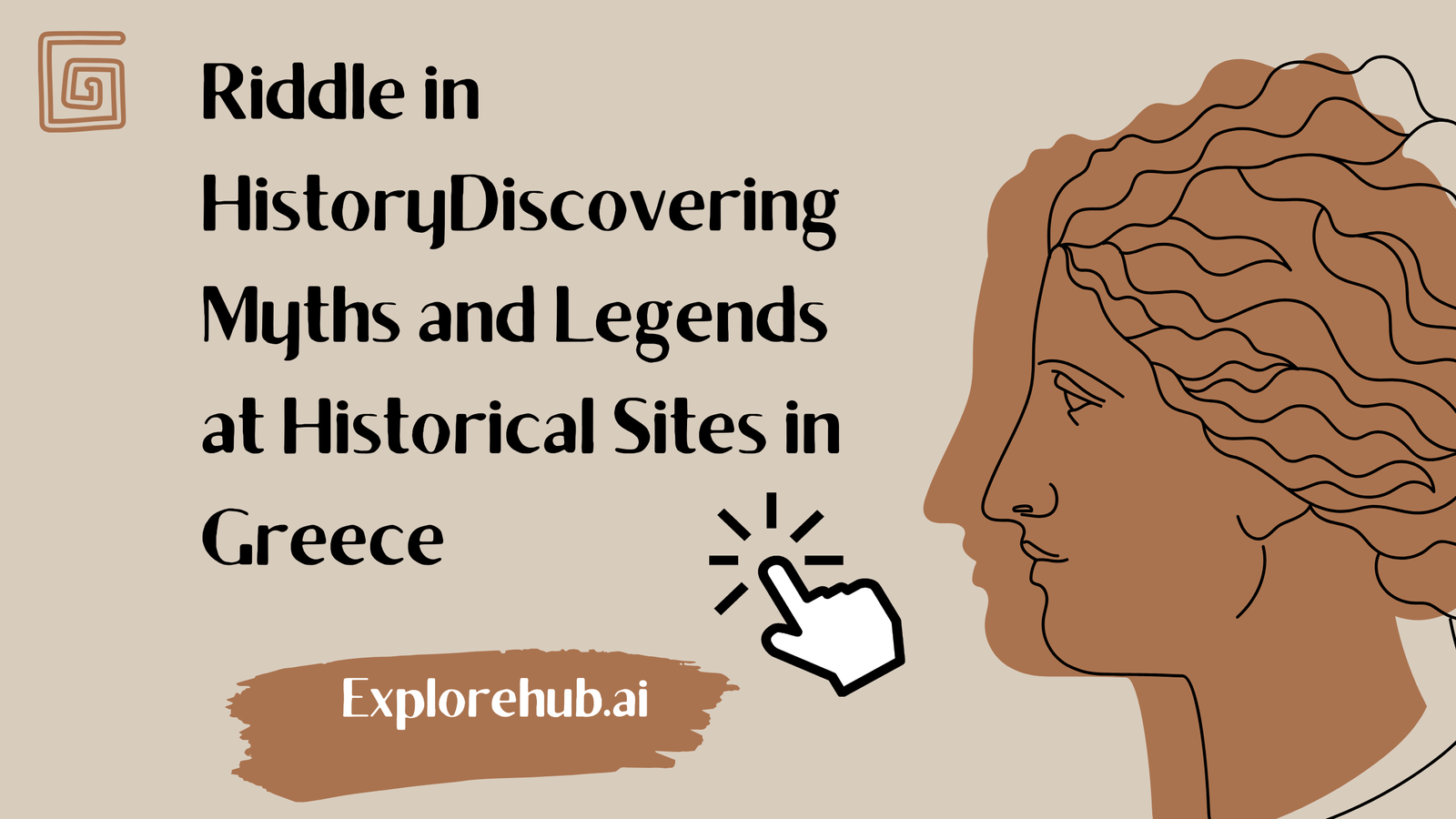Greece is a land where history and mythology intertwine seamlessly. From the towering temples of Athens to the mysterious ruins of Crete, every corner of this ancient land whispers the legends of gods, heroes, and monsters. If you love stories of divine intervention, epic battles, and supernatural beings, then exploring the historical sites of Greece is like stepping into the pages of a mythological epic.
Table of Contents
The Acropolis of Athens – Home of the Gods
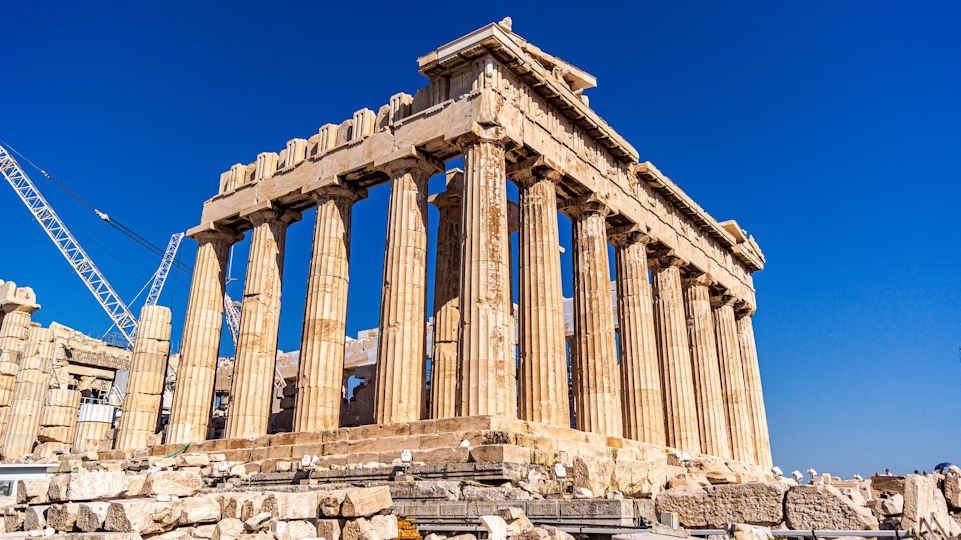
The Acropolis stands as a proud reminder of Athens’ golden age, but beyond its marble columns lies a world of myths.
The Parthenon and Athena’s Myth
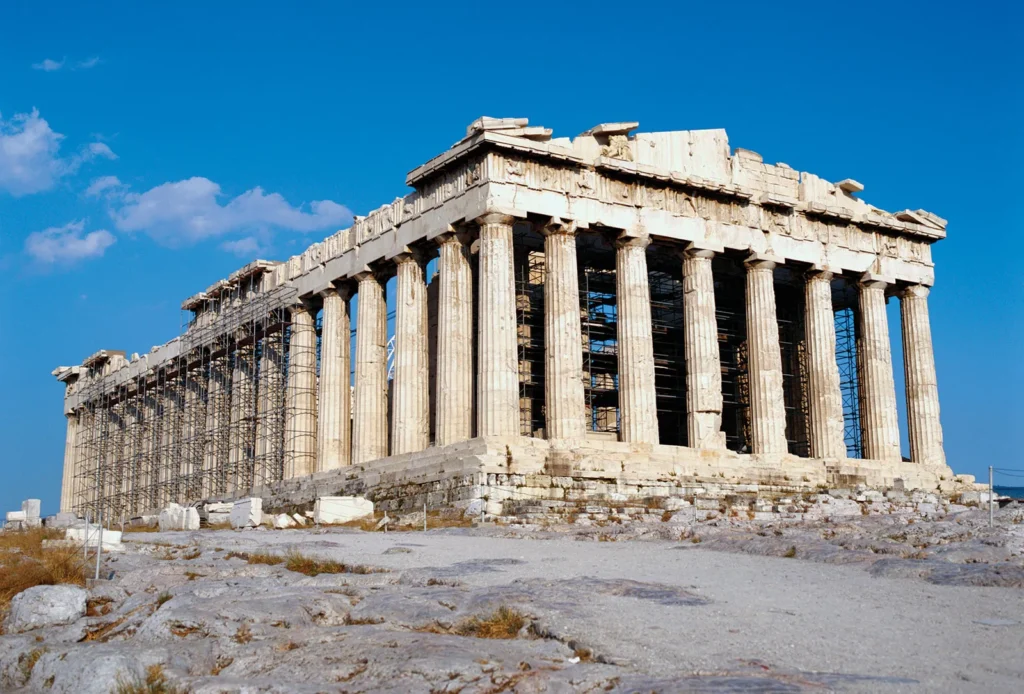
The Parthenon, dedicated to Athena, tells the story of the city’s namesake. According to legend, Athena and Poseidon competed to become the patron deity of Athens. Poseidon struck the ground with his trident, creating a saltwater spring, while Athena gifted the olive tree—a symbol of peace and prosperity. The citizens chose Athena, and the Parthenon was built in her honor.
The Erechtheion and Poseidon’s Trident

The Erechtheion is another sacred structure on the Acropolis. Inside, a mark on the stone floor is said to be the spot where Poseidon’s trident struck during his battle with Athena. The temple’s famous Caryatid statues—columns carved in the shape of women—add an air of mystery to the site.
Delphi – The Center of the Ancient World
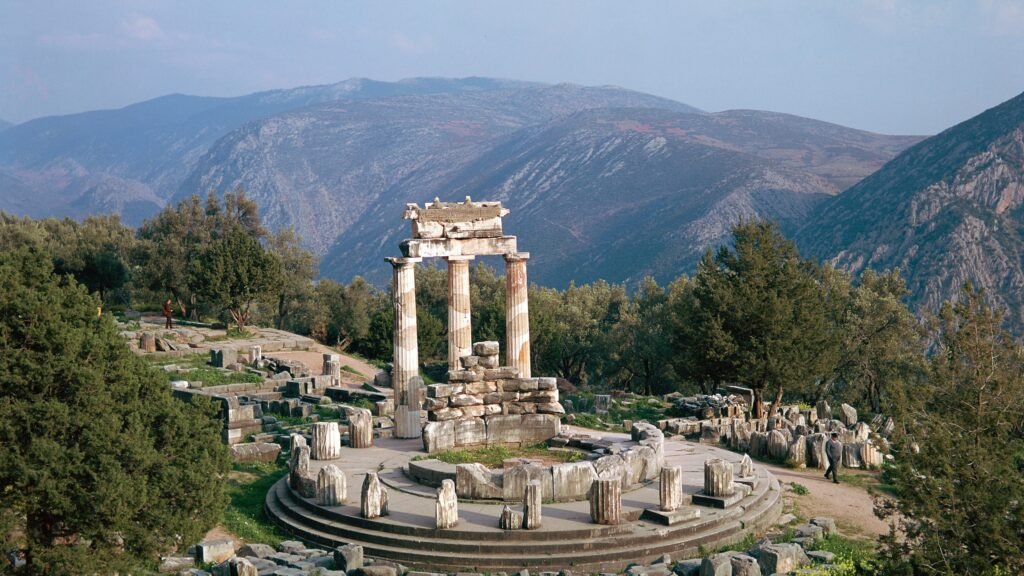
In ancient times, Delphi was believed to be the center of the world, marked by the sacred Omphalos stone.
King Minos and the Birth of the Minotaur
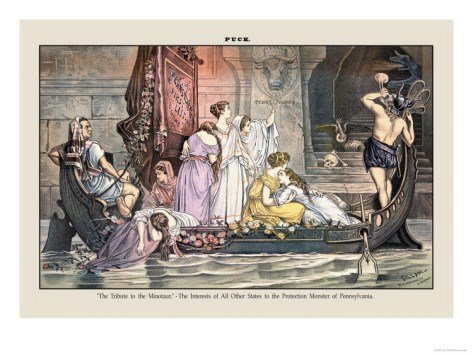
Legend tells of King Minos, who kept a monstrous half-man, half-bull creature in an intricate labyrinth. The beast was born from a curse placed upon Minos’ wife by Poseidon.
Theseus and Ariadne’s Clever Escape
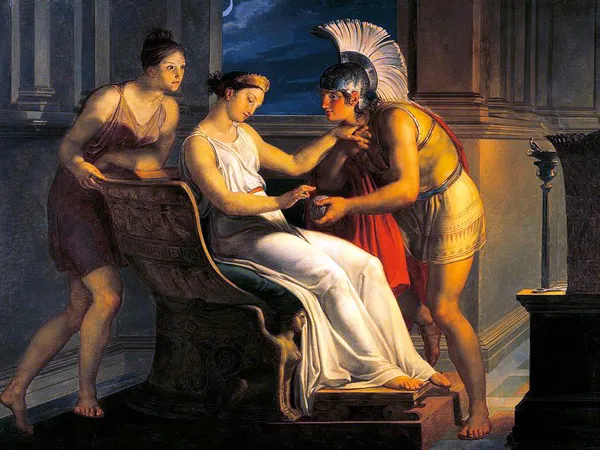
Theseus, a hero from Athens, entered the labyrinth to slay the Minotaur. With help from Minos’ daughter, Ariadne, he used a ball of thread to find his way out after defeating the beast.
Mycenae – The City of Agamemnon
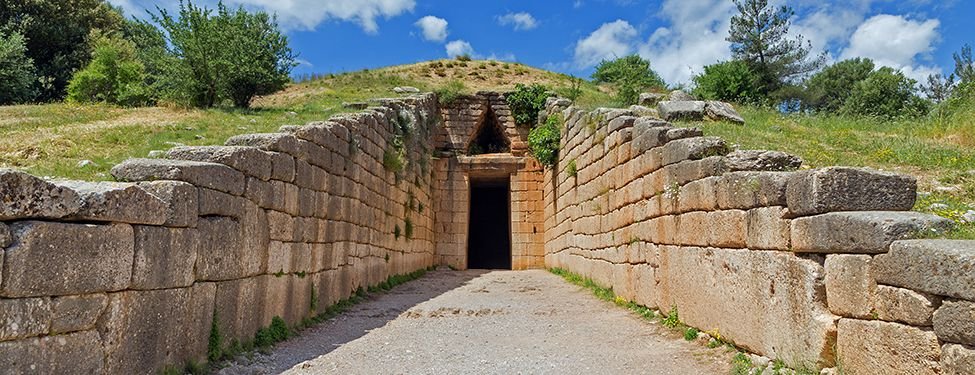
This ancient citadel was the home of Agamemnon, the leader of the Greeks during the Trojan War.
The Curse of the House of Atreus
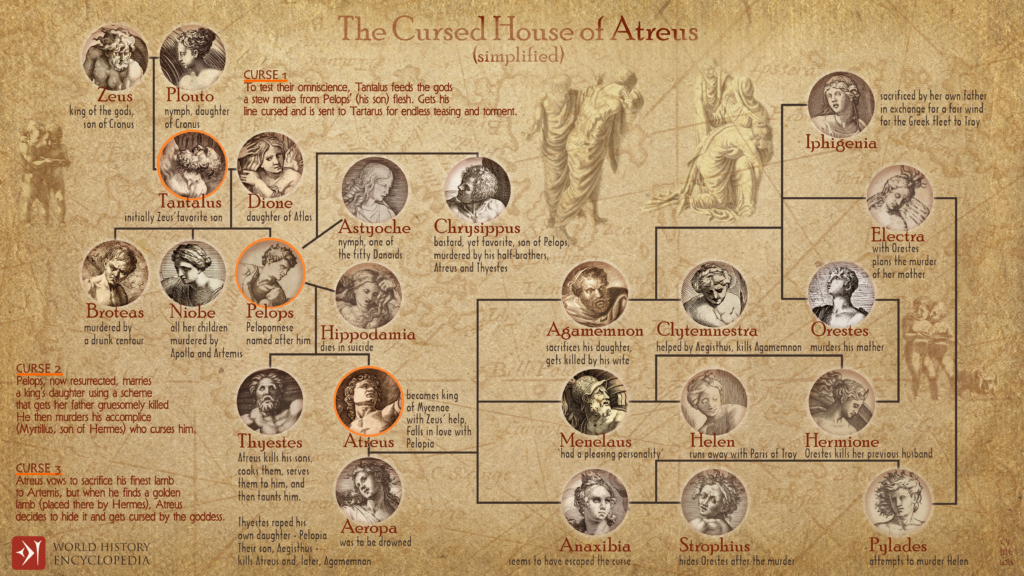
Agamemnon’s family was cursed, leading to betrayal, murder, and revenge, a saga famously told in Greek tragedies.
The Lion Gate and the Mycenaean Legacy
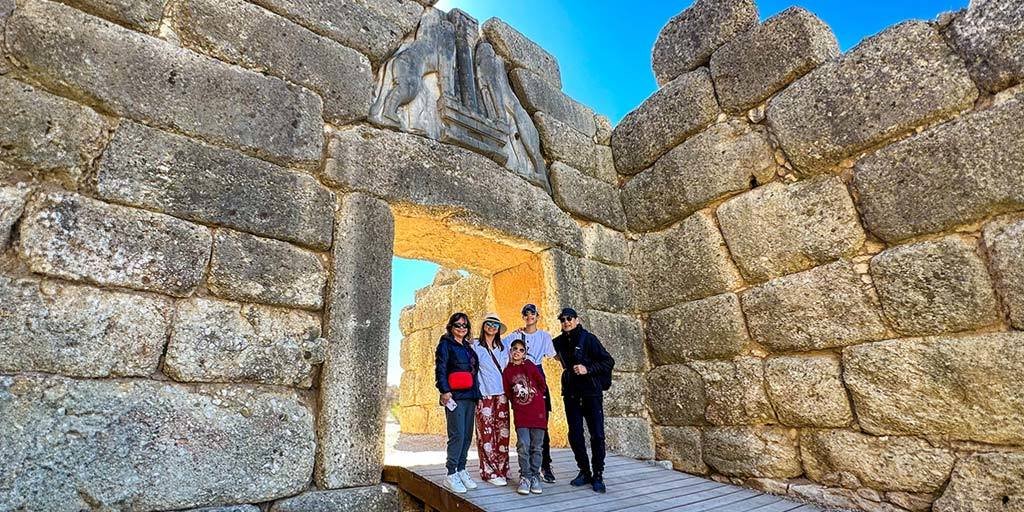
The entrance to Mycenae is guarded by the iconic Lion Gate, symbolizing the might of this once-great kingdom.
Mount Olympus – The Throne of the Gods
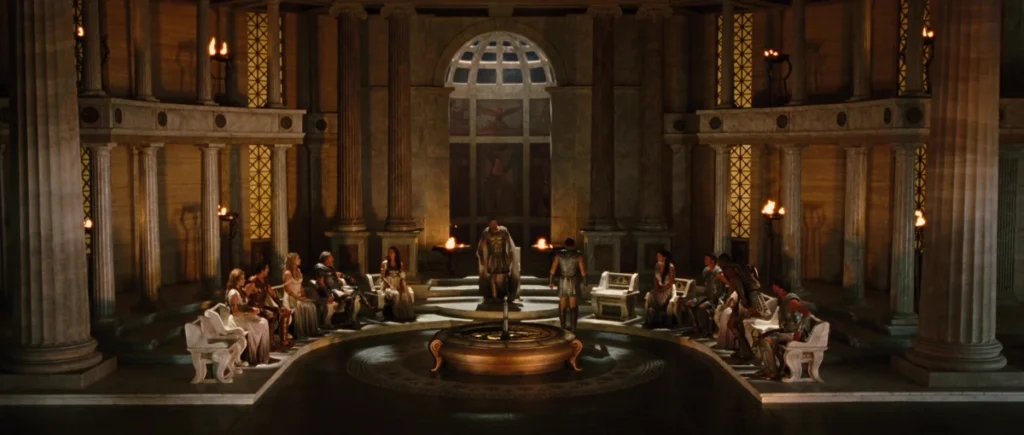
No place is more sacred in Greek mythology than Mount Olympus, home of Zeus and his divine family.
Zeus and the Olympian Pantheon
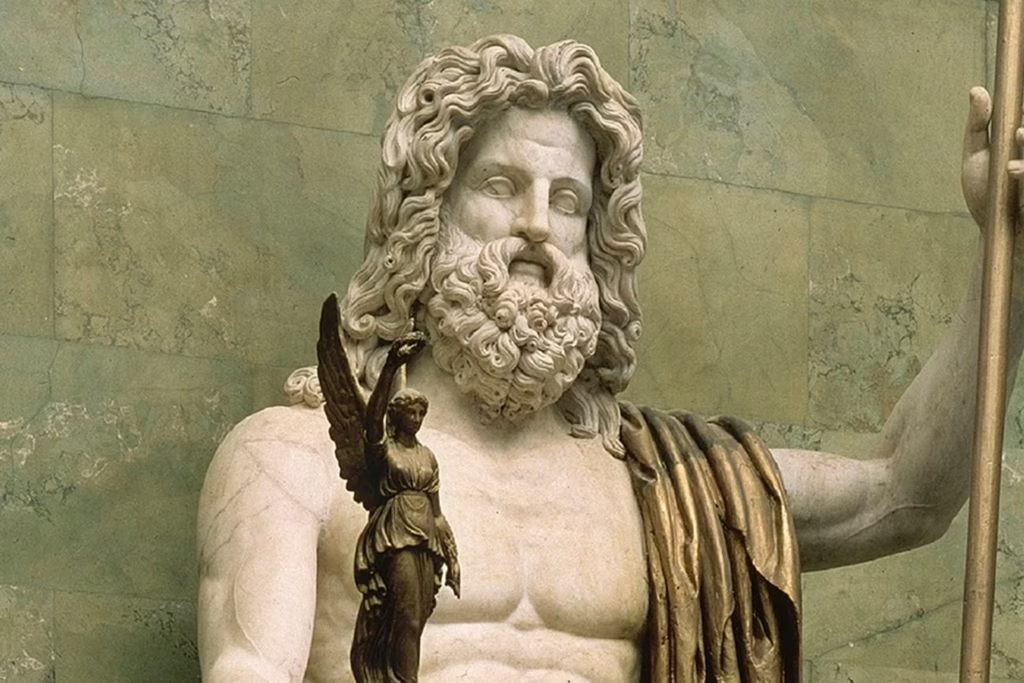
The twelve Olympian gods, including Hera, Poseidon, and Athena, ruled over the world from their celestial palace on the mountain’s peak.
The Mythical Battles of the Titans

Before the Olympians reigned, the Titans controlled the universe. Zeus led a cosmic rebellion, imprisoning them in the underworld.
Conclusion
Exploring Greece’s historical sites is like taking a journey through its legendary past. Each temple, ruin, and monument holds a tale that has shaped the world’s cultural and literary history. Whether you’re fascinated by gods, intrigued by heroes, or simply in love with ancient civilizations, these mythological sites in Greece will leave you spellbound.

